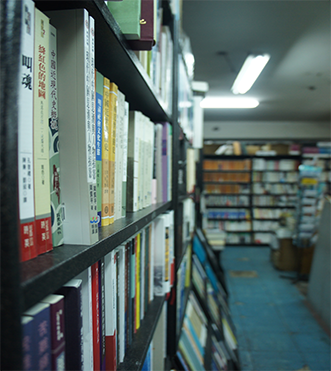
Summary
The sale of books and the publication of books in Tawian have had a long history that stretches decades back; therefore, they’ve had a close connection with the promotion of education. The origins can be traced back to about 1661, late Ming Dynasty, when Shen Guang-Wen arrived in Taiwan. He began to promote culture and education. As a result, the publication of books had grown significantly since then. In ancient times, the places where people sold books were called "Shu Si" or “Shu Ke”. Many years ago, books were treated as valuable and as extremely rare items. Therefore, merchants not only sold books, but exchanged used books as well.
The word “bookstore” was had been around for a long time already. In ancient times, the official place where people penned and published books were called bookstores or “shu chu” in chinese. However, during the Song Dynasty in China, the printing press thrived and grew in popularity, knowledge and culture circulated more and more. This caused many private operators to establish publishers and bookstores. However, very different from back then, bookstores nowadays not only publish, but also sell books as well. During the Japanese-Occupied Period, Taiwanese bookstores underwent an evolution into its more modern self. Until World War II, the Chinese bookstores came oversea to Taiwan to open new branches under the jurisdiction of the National Government. Other than selling Chinese books, they also imported many foreign books. Another focus for bookshops was the buying and seeling of used books, and many were Japanese books that was left over by the Japanese. These various factors, intertwined, evolved into what we are familiar with today as Taiwanese bookstores. The section below will introduce the development of Taiwanese bookshops from the Japanese-Occupied Period to the year of 2000 and after.
Japanese Colonial Period
topDuring the Japanese-Occupied Period, the most books that Taiwanese bookstores imported were the Japanese books, but also with some Chinese books. However, the number of Chinese books imported was very few, because it could not obey the policy of Japan, and many of which was only selling in old shops. According to the book Memory Fragrance, which edited by Wen Hsun in 2007, there were only about 30 Taiwanese retail bookstore in 1927, and many of which sell only stationery and groceries. There were only few bookstores that franchised by Taiwanese. After Taiwan remained its independence, the books that left over were written in Japanese. Which caused the reading and writing skills of Taiwanese were obviously inadequate. Taiwan’s current research about the publishing industry and bookstores during the Japanese occupation was not a lot. The most obviosly record that have the history was from the Lanji Bookstore. Lanji Bookstore’s main bussiness project was publishing and selling Chinese books, including used book sale and remarketing. During the Japanese-Occupied Period, Lanji Bookstore advertised on Three-Six-Nine Newspapers, puted publishing catalog on their publication, offered mail order service, and released activeties of special offer. It’s familier with the bookstores nowdays. After 82 years, Lanji Bookstore was suffering due to the change of people’s reading habbits and the shock of internet or chain bookstores. In 2004, Lanji Bookstore officially closed, and became a history.
 source: National Library of Taiwan
source: National Library of Taiwan
 source:
TW digital archive
source:
TW digital archive
Retroration to 1970
topAfter the retroration of Taiwan, there were many things that were waiting to be done. The government found that, due to the 50 year long Japanese colonial period, most people lacked the knowledge of their own language-Chinese. So, the government decided to start the Chinese education all over again. Many Chinese publishing companies came to Taiwan to set up branches and publish books according to Taiwanese demands. The Commercial Press, Chung Hwa Book Co., and World Journal Book Store were some of the publishing companies at that time. In addition, Taiwan also has its own publishing companies that focused on education and children book. For example, The Eastern Publishing Company and Formosan Magazine publishing.
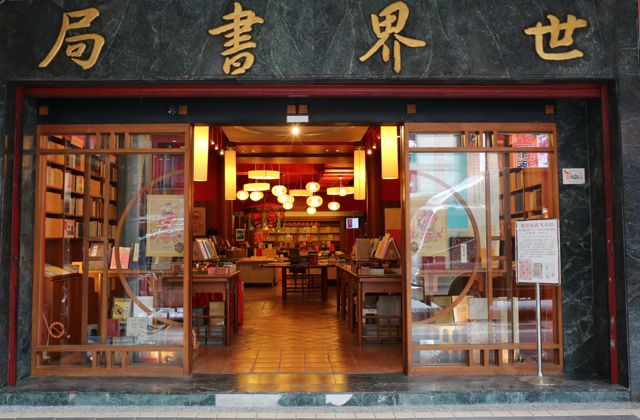 source:
thinkread.asdc.tw
source:
thinkread.asdc.tw
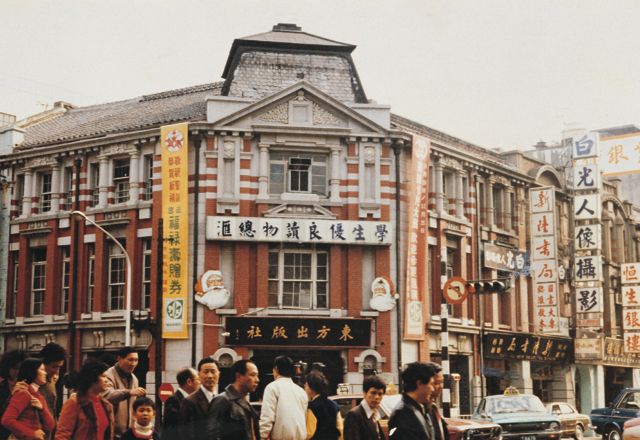 source:
thinkread.asdc.tw
source:
thinkread.asdc.tw
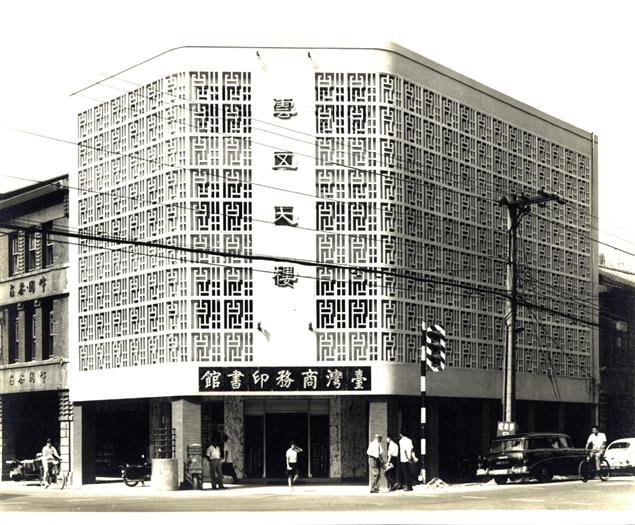 source:
showwe.tw
source:
showwe.tw
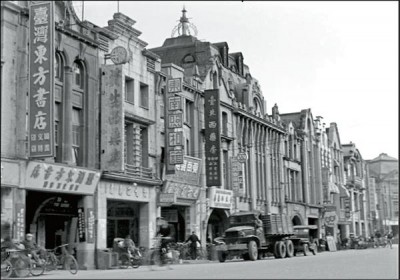 source:
news.ltn.com.tw
source:
news.ltn.com.tw
1970's to 1990's
topIn June of 1981, the seven major publishers gathered to have an informal discussion, and they boldly predicted that large bookstores will appear in two years, which will be as large as a department store. They also said that publishing industries should have a mode of scientific management, which will improve the quality of publication. Furthermore, bookstores should also propose two more management methods that apply to "urbanization" and "Community", which can meet the needs of different groups of readers. Also, the discussion said that local books should be encouraged, and large numbers of foreign books flooding Taiwan’s market shouldn’t be allowed, otherwise Taiwan will become a colony of foreign cultures. The prediction of 1981 proved to be accurate. In 1983, the first bookstore that combined the selling of books with clothes and stationeries was founded on Tingzhou Road in Taipei, known as the KingStone bookshop. It became a pioneer model of other bookstores, and more and more bookstores of the same type were founded, such as Senseio Bookstore and Hess. Senseio Bookstore is the first bookstore combined with a coffee shop, and Hess is mainly focused on English education.
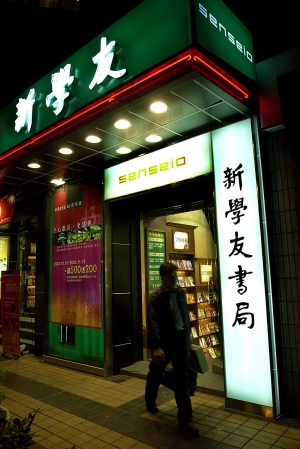 source:
blog.udn.com
source:
blog.udn.com
1990's to Now
topMarch 1989, the turning point in Taiwan's new generation of innovative bookstore: The rise of Eslite Bookstore. Wuqing You form Eslite and Liao Meili from Lions Art expanded bookstore that combined with arts, books, and restaurant, which influenced the reading habits of Taiwanese people greatly. Especially the business model of “opening 24 hours per day” constructed a new reading culture of Taiwan. Eslite Bookstore was not satisfied with the current situation, and keep combine the bookstore with other cultural and creative industries, such as clothing, food, living, furniture, music, videos, stationery, etc. In 2000, Eslite Bookstore and King Stone were as good as other. As the time when many bookstores were defeated by the impact of new generation, Eslite Bookstore was keep improving and exceeded many bookstores. It is the most stable bookstore that provide high quality of reading environment and books. It also expanded overseas, and became a symbol of Taiwanese culture.
 source:
eslite.com
source:
eslite.com
Conclusion
topIn the 21st century, Taiwan demonstrated a diverse development. The literature also became more flourished. Many bookstores improved under the help of the internet. Sadly, there were also many bookstores were defeated. In this new generation, the diversity of bookstore is inevitable, but the definition of bookstore is confused due to the combination of different industries. This kind of change is peaceful but also intense. The change of reading habit, consumption, internet, etc, opened a new way of bookstore. No matter how will the bookstore progress, books and culture environment will always be a form to present human’s mind and intelligence. It’s a creature with soul and life. No matter how will thr form of bookstore change, it will always rooted in our genes deeply and satisfies our desires of books all the time.
Sources
top- You Shujin, etc, "Press Legend" (Taipei: Elite Books, 1981).
- Phoenix should, Zhong Lihui, “Scholarly Society” (Taipei: Council for Cultural Affairs, 1984).
- Han Weijun, etc, “Taiwan Bookstore Style” (Taipei: Yang-Chih, 2000).
- Lu Yangjun, “The Map of Taiwan Bookshops” (Taipei: Morning Star, 2004).
- Li Zhiming, “The Aftertaste of Half-century Books 1945-2005: From Kuling Street to Guanghua Market” (Taipei: Socio, 2005).
- "The Fragrance in Memory─ Jiayi Lan remember bookstore historical essays" (Taipei: WenHsun, 2007)
- Wang Xuezhe, Fang Pengcheng, “Charge forward: Commercial Press operating history of a hundred years (1897-2007)” (Taipei: Taiwan's Commercial Press, 2007)
- Yang Yongzhi, "History of Ming and Qing Dynasty Tainan publishing" (Taipei: ECShop, 2007)
- Qio Qiongyou,
, included in the "WenHsun Magazine" (Taipei: WenHsun, August 1995), pp. 16-19.
.
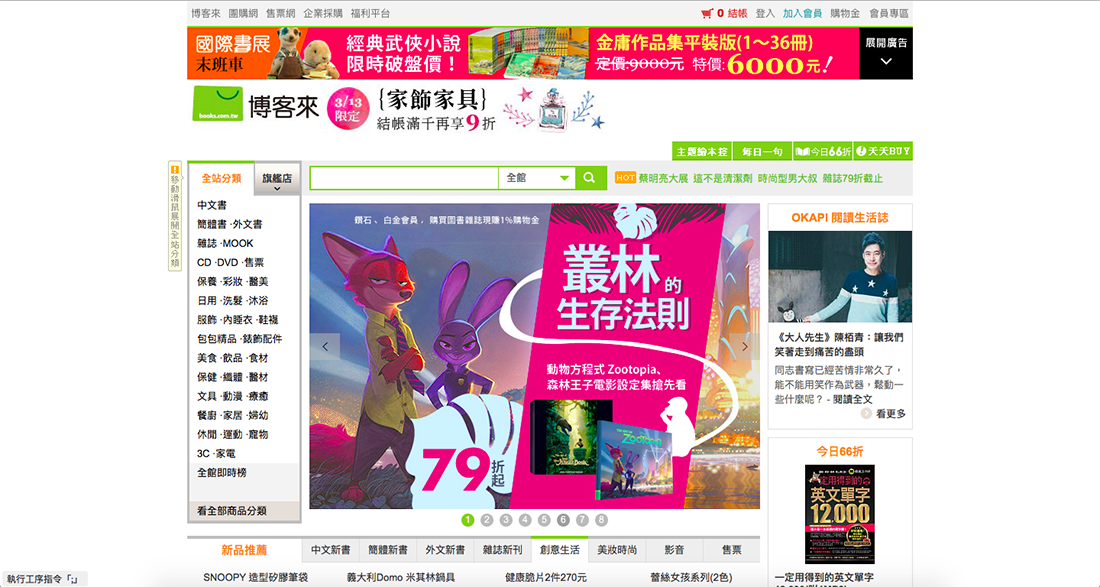 sources:
sources:


